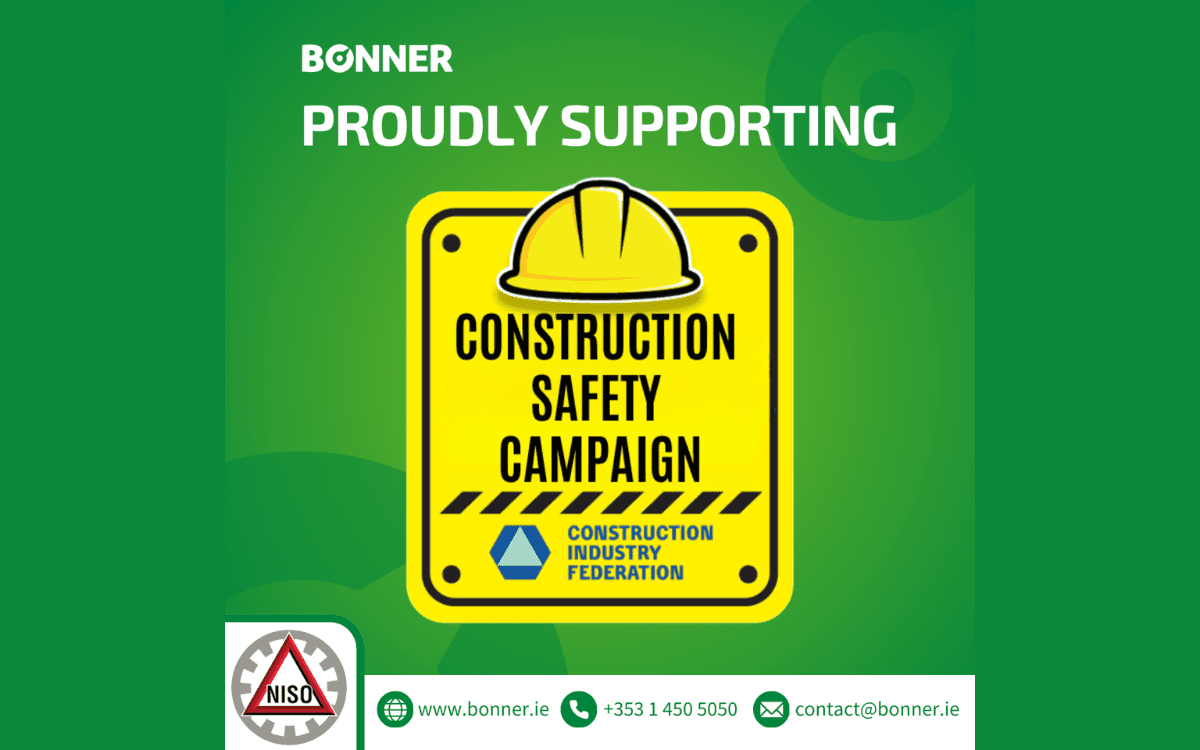Understanding Process Safety
Members of the Construction Industry Federation (CIF) in Ireland are pivotal in shaping the nation’s industrial infrastructure. Whether involved in building new factories or renovating existing ones, understanding process safety is vital. Process safety goes beyond typical health and safety concerns; it consists of managing the integrity of systems that deal with hazardous materials, ensuring safe operation, and mitigating risks.
Process safety requires adherence to various European Union (EU) directives designed to protect workers, the public, and the environment. Compliance reduces legal and financial risks and ensures that construction projects meet safety standards from the ground up. Extra attention must be given to meeting these rigorous requirements, even when working with substantial modifications or old, non-CE-marked equipment.
The Importance of Process Safety in Construction
Process safety in construction extends beyond traditional occupational safety measures and focuses on the safe operation and integrity of systems that handle hazardous substances. For CIF members, this means a commitment to managing risks that could lead to catastrophic failures, such as explosions or toxic chemical releases. Properly implemented process safety measures help prevent accidents, injuries, and even loss of life while also protecting the business from the financial and reputational damage associated with such incidents.
Key Areas Where Process Safety is Critical:
New Constructions and Renovations: For projects involving hazardous materials, you must ensure that all operational processes are designed to meet safety standards. This includes ensuring that systems are equipped to handle the risks associated with hazardous substances from the outset.
Substantial Modifications: When upgrading machinery or systems, a careful assessment must determine whether modifications affect the system’s safety. Such changes might trigger new regulatory requirements.
Handling of Non-CE Equipment: Older, non-CE equipment must be rigorously assessed for compliance before being brought into service, particularly when ownership changes. If equipment does not meet the required safety standards, recertification may be necessary before use.
The Importance of EU Directives on Process Safety
Several EU directives directly impact the construction industry, particularly when building or renovating factories. These directives outline specific safety standards that must be met to ensure the safe operation of machinery, handle hazardous materials, and mitigate risks. Compliance with these directives is essential for safeguarding workers and ensuring projects are delivered on time, avoiding costly delays and legal penalties.
Key EU Directives Affecting CIF Members
- Functional Safety (IEC 61508 and IEC 61511)
Purpose: Ensures that electronic and programmable systems in industrial processes are designed safely, especially for systems handling hazardous materials.
Implications for CIF Members: When constructing or upgrading facilities that include programmable control systems, ensure compliance with these functional safety standards to prevent failures that could lead to accidents.
- The Machinery Directive (2006/42/EC)
Purpose: To ensure that machinery installed during construction or renovation meets essential health and safety requirements.
Implications for CIF Members:
Ensure that all machinery installed has the appropriate CE marking.
Verify that machinery complies with the directive, including custom machinery that may require additional conformity assessments.
- The ATEX Directives
ATEX Workplace Directive (1999/92/EC): This directive focuses on safety requirements in workplaces where explosive atmospheres may occur.
ATEX Equipment Directive (2014/34/EU): Pertains to equipment used in explosive atmospheres.
Implications for CIF Members:
Conduct thorough site assessments to identify areas where explosive atmospheres might be present.
Use ATEX-certified equipment in hazardous zones and train personnel in ATEX requirements.
- The Pressure Equipment Directive (2014/68/EU)
Purpose: To harmonise the standards for designing and manufacturing pressure equipment, such as boilers and tanks.
Substantial Modifications: When Upgrades Trigger New Obligations
Defining Substantial Modifications
A substantial modification refers to any significant change made to equipment or facilities that may alter their performance or safety characteristics. This could include changes in machinery configuration, control systems, or the addition of new functionality.
Legal Obligations
Reassessment of Compliance: Significant modifications may require a new conformity assessment to ensure the modified equipment or facility meets current safety standards.
Documentation Updates: All technical documentation, including risk assessments and safety documentation, must be updated to reflect any changes made.
Notifying Authorities: In some cases, substantial modifications must be reported to regulatory authorities, such as the Health and Safety Authority (HSA) in Ireland.
Handling Old, Non-CE Equipment Changing Ownership
When old, non-CE-marked equipment changes hands, especially during resale, it may be considered “new” equipment under EU law, requiring it to meet modern safety standards.
Requirements for Recertification
Conformity Assessment: The equipment must be assessed to ensure it meets current safety requirements.
CE Marking: If compliant, the equipment should be marked with a CE symbol before it is put into service.
Technical Documentation: Comprehensive documentation, including safe-use instructions, must be provided to the new owner.
Responsibilities of Buyers and Sellers
Sellers: Must ensure that the equipment complies with applicable directives or inform buyers of any non-compliance.
Buyers: Responsible for verifying compliance and may need to initiate conformity assessments if necessary.
